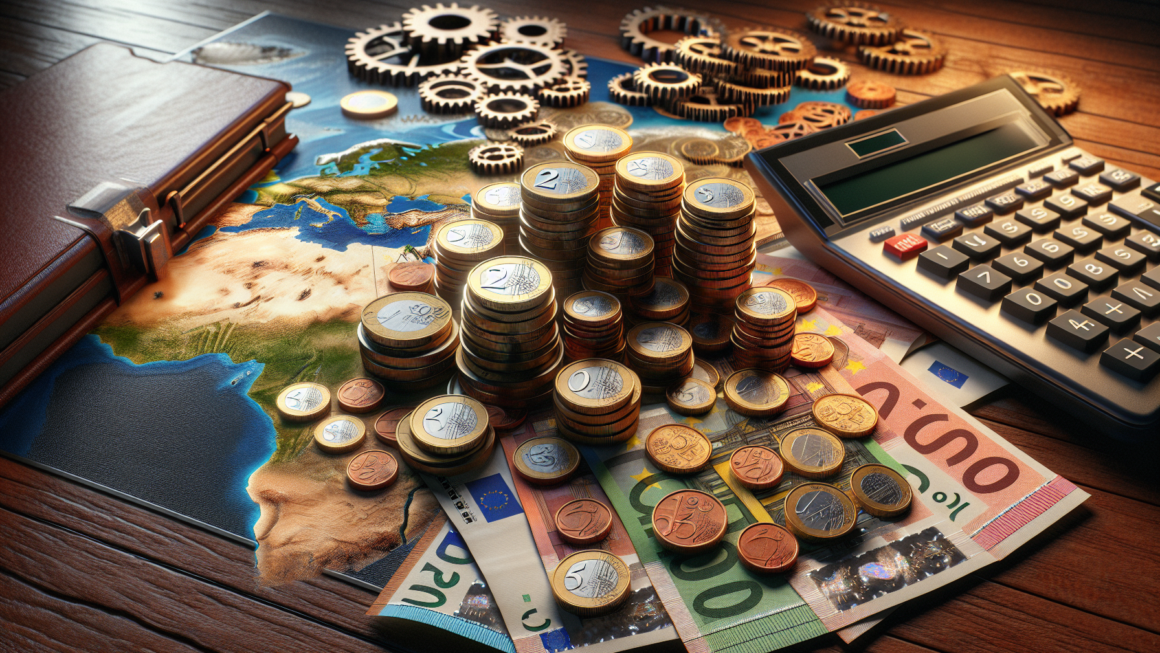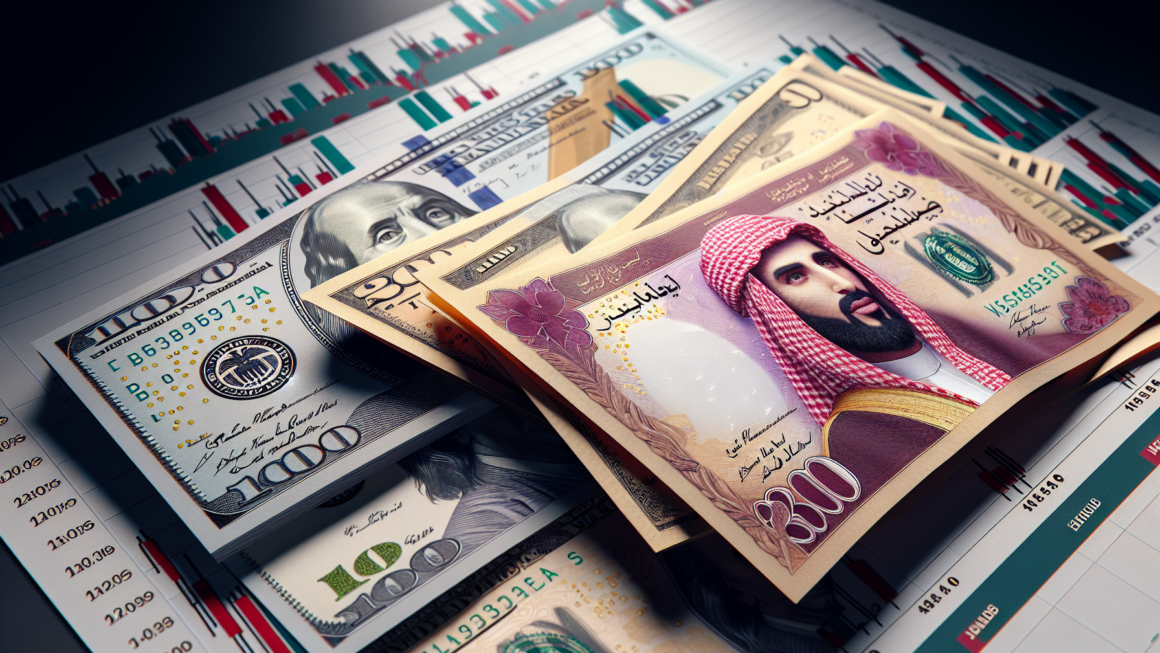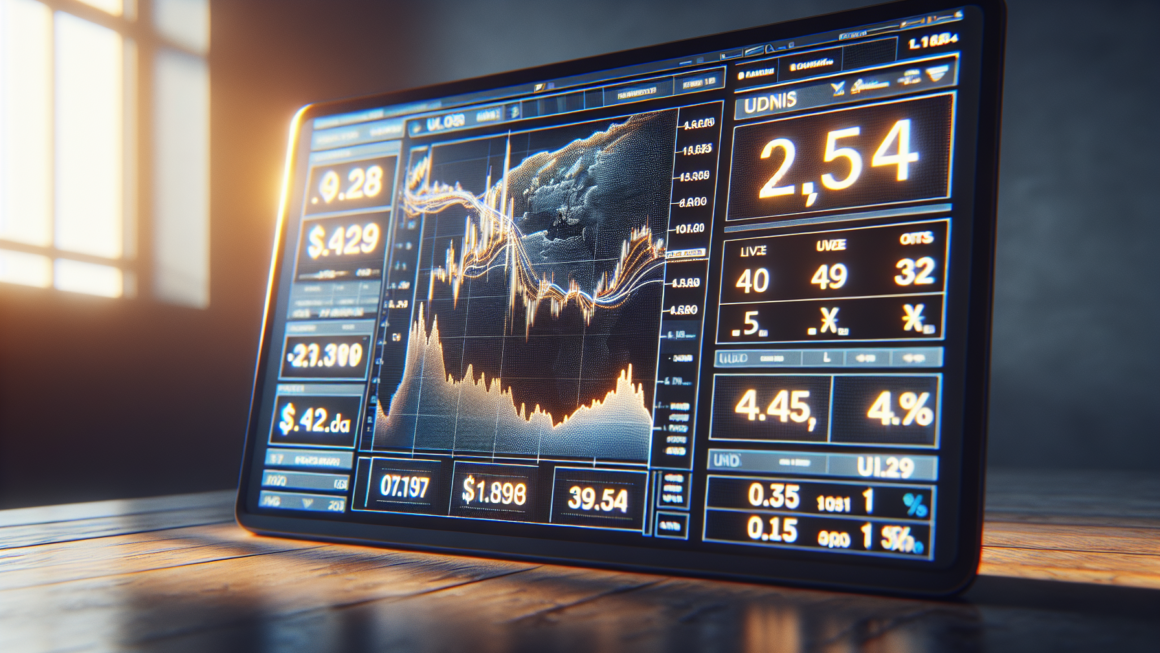When visiting Germany, one of the first things to understand is the country’s currency – the euro. As a member of the European Union, Germany adopted the euro as its official currency in 2002, replacing the former Deutsche Mark (DEM). Knowing how to exchange money, get the best rates, and make payments while in Germany is essential for a smooth travel experience.
Understanding the Euro as Germany’s Currency
The euro (EUR) is the official currency of Germany and 18 other countries in the European Union. It is divided into 100 cents, with coins available in denominations of 1, 2, 5, 10, 20, and 50 cents, as well as 1 and 2 euro coins. The euro is also widely accepted in many of Germany’s neighboring countries, making it a convenient choice for travelers exploring the region.
Euro banknotes come in denominations of 5, 10, 20, 50, 100, 200, and 500 euros. However, the 200 and 500 euro notes are rarely used in everyday transactions and may be difficult to exchange in some places. When making purchases, it’s best to stick to the more commonly used banknotes and coins.
Euro Banknotes and Coins in Circulation
The most commonly used euro banknotes in Germany are the 5, 10, 20, and 50 euro notes. These denominations are widely accepted in shops, restaurants, and other establishments. The 100 euro note is also used, but less frequently.
As for coins, Germans often use the 1 and 2 euro coins for larger purchases, while the smaller cent coins are used for exact change. It’s a good idea to keep a mix of coins and banknotes on hand for various payment situations.
| Euro Banknotes | Euro Coins |
|---|---|
| 5, 10, 20, 50, 100, 200, 500 euros | 1, 2, 5, 10, 20, 50 cents; 1, 2 euros |
The Euro’s Introduction and the Transition from Deutsche Marks
Before the euro’s introduction in 2002, Germany used the Deutsche Mark (DEM) as its currency. The Deutsche Mark was replaced by the euro at a fixed conversion rate of 1 EUR = 1.95583 DEM. This means that prices in marks were essentially halved when converted to euros.
Although the Deutsche Mark is no longer in circulation, some Germans still mentally convert prices from euros to marks to gauge value. However, this practice is becoming less common as younger generations grow up with the euro as their primary currency.
Exchanging Currency and Getting the Best Rates
When exchanging currency for your trip to Germany, it’s essential to understand the euro exchange rate and how to get the best deal. The exchange rate fluctuates daily, so it’s a good idea to check the current rate before exchanging money.
To get the best exchange rate, avoid exchanging money at airports or hotels, as they often charge high fees and offer poor rates. Instead, consider using a service like Wise (formerly TransferWise) to access the mid-market rate and minimize fees.
Tips for Exchanging Currency in Germany
- Know the current mid-market rate for your currency and the euro
- Choose to be charged in euros when using your credit or debit card to avoid dynamic currency conversion fees
- Avoid exchanging money at airports or hotels due to high fees and poor rates
- Consider using a service like Wise for the best exchange rates and low fees
Using Wise for Currency Exchange and Spending
Wise offers a multi-currency debit card that allows you to spend money in euros and other currencies at the mid-market rate. By using the Wise card, you can avoid exchange rate markups and minimize fees while traveling in Germany and other countries.
To use the Wise card, simply top up your account in your local currency and switch to euros when needed. You can then use the card to make purchases or withdraw cash from ATMs in Germany, benefiting from the mid-market rate and low fees.
Accessing Cash and Making Payments in Germany
When traveling in Germany, you’ll likely need to access cash for various purchases and payments. ATMs (Geldautomaten) are widely available throughout the country, making it easy to withdraw euros. However, it’s important to be aware of any fees associated with using foreign cards at German ATMs.
In addition to cash, credit and debit cards are widely accepted in Germany, particularly in larger cities and tourist areas. However, it’s always a good idea to carry some cash as a backup, as smaller shops and restaurants may prefer or only accept cash payments.
Using ATMs (Geldautomaten) in Germany
ATMs, or Geldautomaten in German, are easily accessible throughout Germany, particularly in cities and larger towns. Look for signs that say “Geldautomat” or the EC (EuroCheque) logo. Most ATMs accept international cards, but be aware of any fees charged by your bank or the ATM operator for foreign transactions.
When withdrawing cash from an ATM, choose to be charged in euros to avoid dynamic currency conversion fees. Additionally, consider using a card that offers free or low-cost international ATM withdrawals, such as the Wise debit card, to minimize fees.
Paying with Credit and Debit Cards
Credit and debit cards are widely accepted in Germany, especially in larger cities and tourist areas. However, some smaller shops, cafes, and restaurants may only accept cash or have a minimum purchase amount for card payments.
When using your card, always choose to be charged in euros to avoid dynamic currency conversion fees. Keep in mind that some credit cards may charge foreign transaction fees, so check with your card issuer before traveling.
| Payment Method | Tips |
|---|---|
| Cash (euros) | Widely accepted, essential for smaller purchases |
| Credit/Debit Cards | Widely accepted, choose to be charged in euros |
| Wise Debit Card | Low fees, mid-market rate, multi-currency |
Historical Exchange Rates and Currency Conversions
For those interested in historical exchange rates or converting old Deutsche Marks to euros, several online tools and resources are available. These tools can help you understand how the value of the Deutsche Mark fluctuated over time and how it compares to the current euro value.
Deutsche Marks to Euro Conversion Rates
When the euro was introduced in 2002, the Deutsche Mark (DEM) was replaced at a fixed conversion rate of 1 EUR = 1.95583 DEM. This means that if you have old Deutsche Mark banknotes or coins, you can calculate their value in euros by dividing the DEM amount by 1.95583.
For example, 100 DEM would be equivalent to approximately 51.13 EUR (100 ÷ 1.95583 = 51.129188).
Online Tools for Historical Currency Conversions
Several online tools, such as XE and Oanda, offer historical currency conversion calculators and rate charts. These tools allow you to input a specific date and amount to see the exchange rate between the Deutsche Mark and other currencies, such as the US dollar or British pound, at that time.
Additionally, XE offers a range of currency tools, including live exchange rates, currency charts, rate alerts, and a currency data API for businesses and developers.
When using these tools, keep in mind that the rates provided are for informational purposes only and may not reflect the actual rates used in historical transactions.
See also:




